Evergreen shrubs can be a saving grace for plant enthusiasts facing the challenges of wet areas. While poor drainage, fungal diseases, and nutrient imbalance may cause difficulties, choosing the right evergreen shrubs for wet areas can help turn the potential nightmare into a lush botanical heaven. Without further ado, let’s check out some of our favorite moist-soil-loving evergreen shrubs that offer resilience and year-round beauty below!
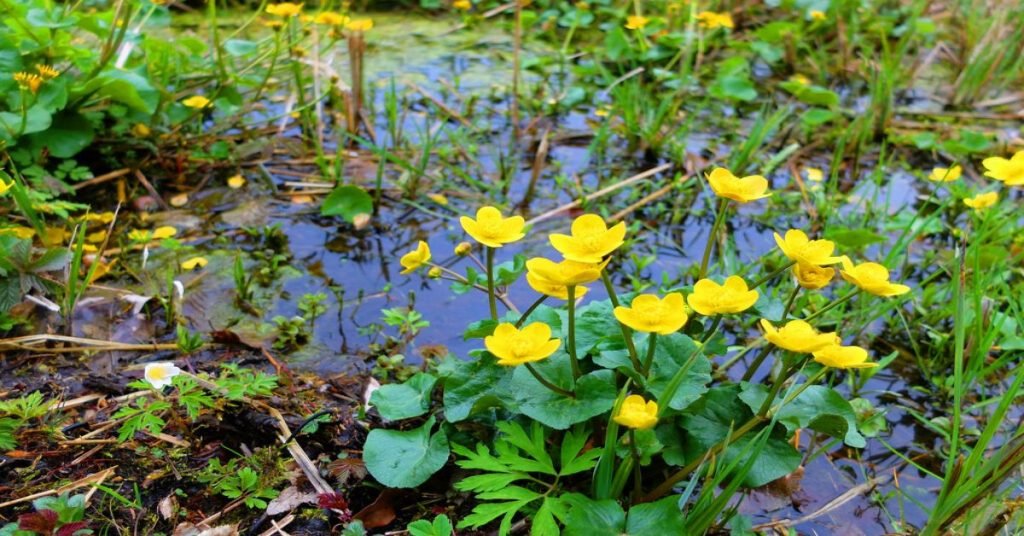
Table of Contents
Small Evergreen Shrubs for Wet Areas
Bog Rosemary (Andromeda polifolia)

Zones: 3 to 6
Plant Height: 0.60 to 0.90 meters
Blooming Time: Early summer
Despite its name, these low-maintenance shrubs for wet areas are not related to the true rosemary (Rosmarinus officinalis). In their natural habitat, bog rosemaries are often found growing in boggy or marshy environments. Provide them with acidic and humus-rich soil and these guys will thank you. Bog rosemary has a mildly toxic compound, so you need to spare extra attention when handling this one.
Dwarf Fothergilla (Fothergilla gardenii)

Zones: 5 to 8
Plant Height: 0.45 to 0.90 meters
Blooming Time: Early spring
If you crave some uniqueness in your wet-soil garden, dwarf fothergilla is definitely a must-have. These evergreen shrubs for wet soil are beloved for their unique bottle brush-like blooms that come in bright, creamy white hue. There are no known medicinal uses for dwarf fothergilla, as these plants are merely valued for their ornamental qualities. Plus thing to mention, dwarf fothergilla is resistant to deer browsing.
Buttonbush (Cephalanthus occidentalis)
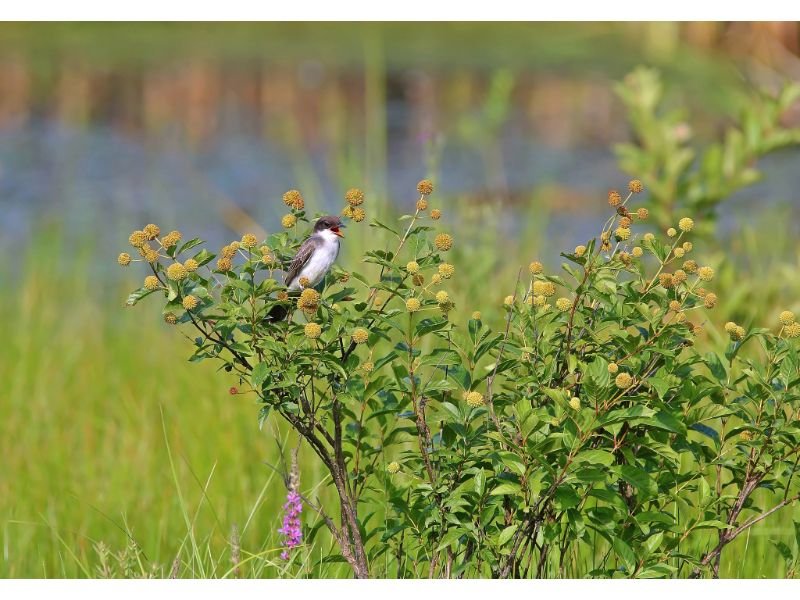
Zones: 5 to 10
Plant Height: 0.30 to 0.45 meters
Blooming Time: Early summer
From afar, this plant looks as if it grew a bunch of cotton balls. But if you look closer, it’s actually attractive button-like blooms! Buttonbush showcases white and fragrant flowers that resemble a mix of button and cotton balls, hence its name. It’s a major pollinator attractor, mainly butterflies, and bees. Buttonbush can be grown in areas such as wetlands and pond edges, making these evergreen shrubs for wet areas indispensable for plant lovers who are blessed with soaked soil, but need some presence of pollinators.
Large Shrubs That Like Wet Soil
Swamp Azalea (Rhododendron viscosum)

Zones: 4 to 9
Plant Height: 1.5 to 2.4 meters
Blooming Time: Late spring
Native to Eastern America, swamp azaleas are usually found thriving in wetlands, making these shrubs for wet areas highly tolerant to slightly acidic soil. Aside from their delightful clusters of fragrant white blooms, swamp azaleas also feature fantastic ‘color-changing’ foliage that turns into orange, red, or yellow in fall. Swamp azalea requires soil that is rich in high organic matter to grow the best.
Sweetbay Magnolia (Magnolia virginiana)

Zones: 5 to 9
Plant Height: 3 to 6 meters
Blooming Time: Early summer
Sweetbay magnolia is a massive shrub that requires a lot more space to grow with a rapid growth phase. This moist-loving plant does well under both full sun and partial shade with clusters of creamy white flowers that fill the air with pleasant aroma when blooms. If you wish to keep the sweetbay magnolia as a more compact-sized flowering plant, it’s best to prune them in late winter or early spring before new growth begins.
Swamp Rose (Rosa palustris)
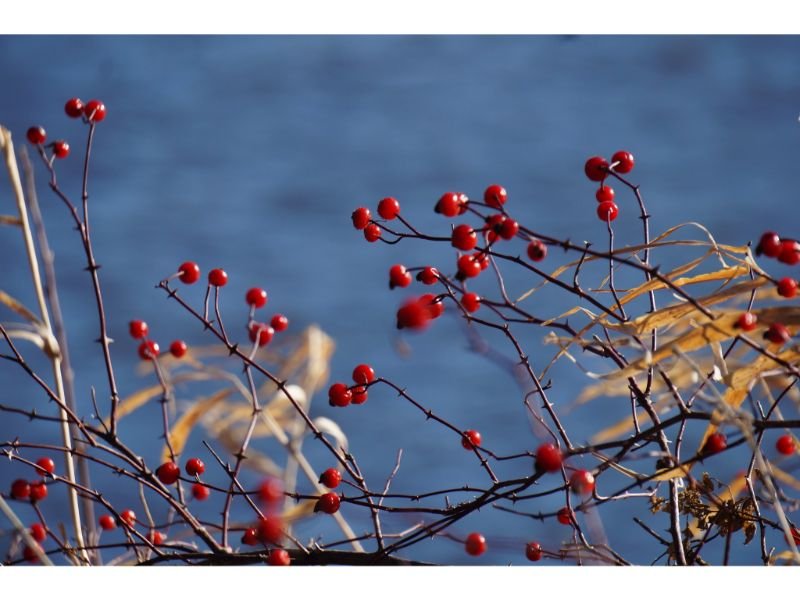
Zones: 5 to 9
Plant Height: 0.90 to 1.8 meters
Blooming Time: Late spring
Although nicknamed and coming from the same family as rose (Rosaceae), swamp roses’ blooms are not grown in rosette formations, but rather mallow-like. These evergreen shrubs for wet areas feature eye-catching pale pink or white flowers with medium to dark green foliage. Swamp roses, however, are prone to a few common issues such as blackspot, aphids, and powdery mildew that you should be aware of.
Shrubs That Like Wet Soil and Full Sun
Black Chokeberry (Aronia melanocarpa)
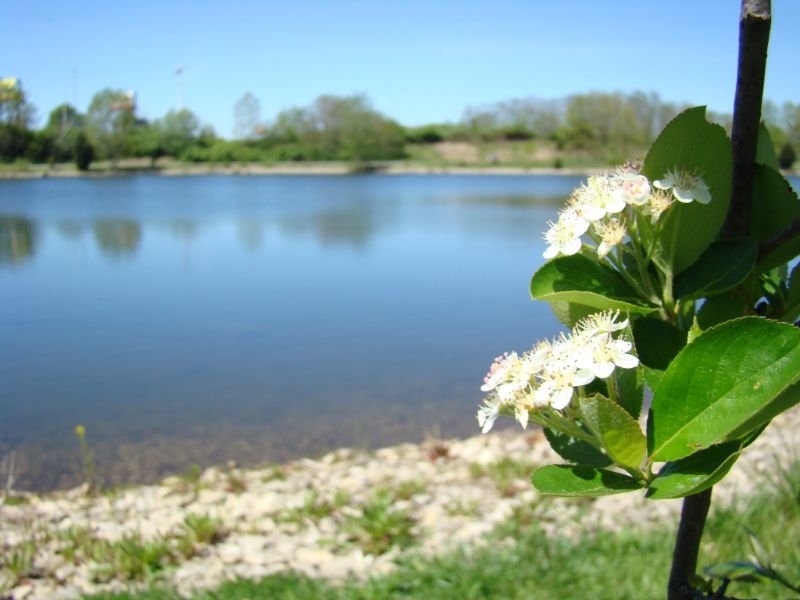
Zones: 3 to 8
Plant Height: 1.20 to 2.43 meters
Blooming Time: Late spring
Black chokeberry is our next evergreen and moist-soil-loving shrub that is also coming from the rose family. Although the plant produces edible, small, and dark red or black, berry-like fruits in summer, these fruits are generally not for immediate consumption as it’s astringent in taste. Black chokeberry exhibits clusters of delicate flamingo pink and white blooms that create a beautiful color contrast with its glossy, dark green leaves.
Sweet Pepperbush (Clethra alnifolia)
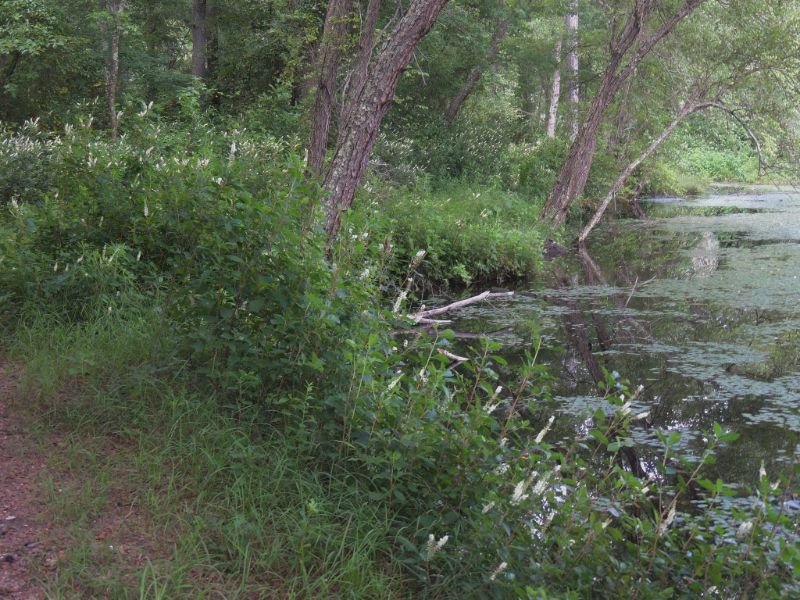
Zones: 3 to 9
Plant Height: 0.90 to 1.52 meters
Blooming Time: Midsummer
Looking and tasting as sweet as their name, these evergreen shrubs for wet areas are sure to charm both plant enthusiasts as well as pollinators. The blooms of sweet pepperbush are formed in spikes that are composed of numerous tiny individual flowers. Sweet pepperbush is a highly fragrant plant that might not be suitable for those with sensitivity. They’re relatively hassle-free once matured and established.
Evergreen Shrubs for Wet and Shaded Conditions
Inkberry (Ilex glabra)
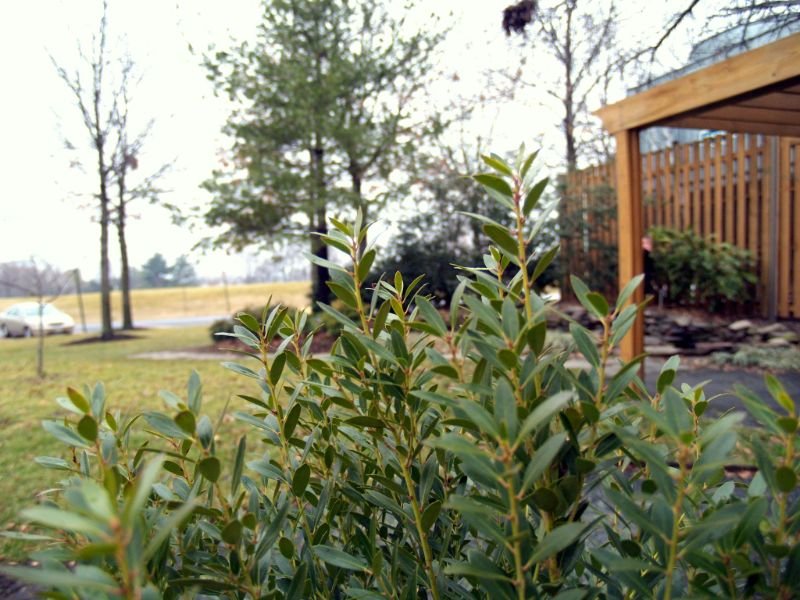
Zones: 5 to 11
Plant Height: 1.5 to 2.4 meters
Blooming Time: Late spring
No, these evergreen shrubs for wet areas are not used to be made as ink like you think it is. Inkberry features tiny and round, orange-colored berries with shiny and black dots, resembling ink droplets. Generally, they’re ideal for almost any soil type, so not only wet soil, including poorly drained soil. Moreover, inkberry is an eco-friendly plant that has the ability to filter pollutants and excess nutrients from the water!
Ilex family is also well-known as shrubs that do not need deep soil to grow and don’t actually attract pollinators which are perfect for people who don’t want to deal with bugs or birds.
Gray Dogwood (Cornus racemosa)
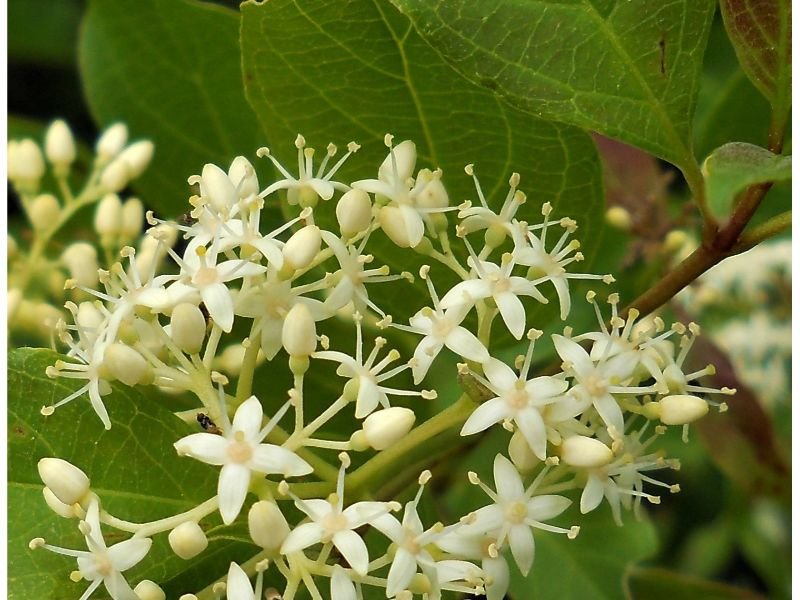
Zones: 4 to 8
Plant Height: 2.43 to 3 meters
Blooming Time: Early summer
Fun fact, the common name for these evergreen shrubs for wet areas has likely nothing to do with our canine friends. The nickname gray dogwood is believed to be derived from the Old English term “dagwood”, which means “dagger wood”. Gray dogwood highlights clusters of small white flowers with white berries that turn grayish when ripple. The fruits themselves are not meant for human consumption, but provide a valuable food source for small birds and other wildlife.
Planting Shrubs in Wet Soil: Everything You Need To Know
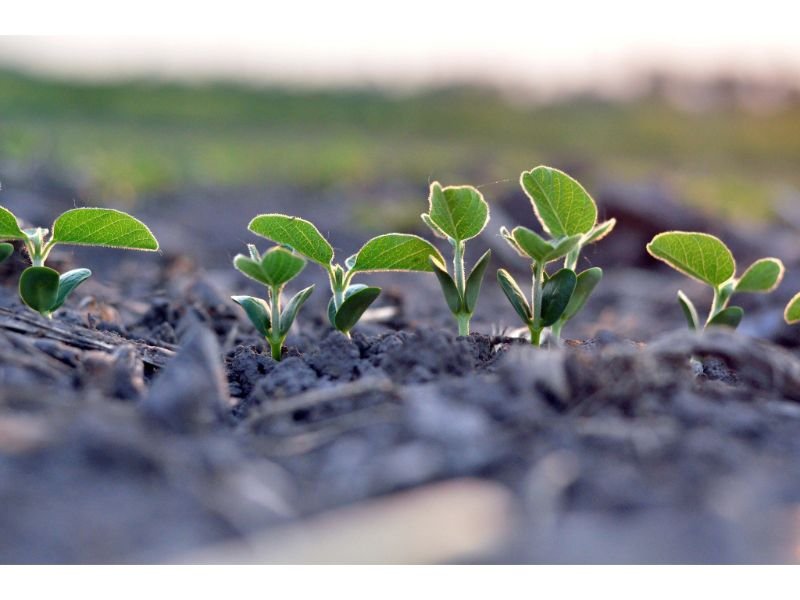
Being tough to damp areas and moist soil doesn’t mean these evergreen shrubs for wet areas no longer need extra tender loving care. Although you’ve opted for shrubs that are naturally adapted to these challenging conditions, ensure to double-check the characteristics of your wet soil area. Is it consistently waterlogged or just intermittently wet?
Moving to the next gardening tips, it’s also wise to plant the moist soil-loving shrubs in low-lying spots, such as near ponds and streams, so that the plants receive the moisture they need without having to worry about being drowned. If the wet soil is poorly draining or compacted, consider amending the soil with the help of organic matter like compost. Last but not least, apply a layer of mulch around the shrubs to help restrain moisture.
Why Growing Shrubs for Wet Soil Is Worth the Effort
Overall, evergreen shrubs for wet areas are effortless to upkeep and surely would thrive in areas where most plants would struggle. Aside from breathing new lives into the soaked areas, these evergreen shrubs could also help improve drainage, prevent soil erosion, provide habitat for wildlife, and most importantly–add beauty to your indoor space!

New author in the hood. Loves gardening and flowers are my spirit animals (yes I know they are not animals but I insist). I will be covering most of the flowers’ topics here and occasionally random though as well.






